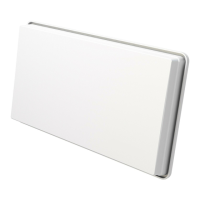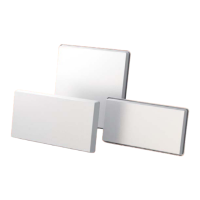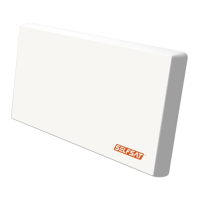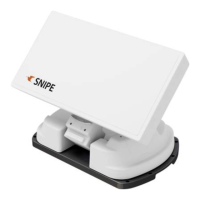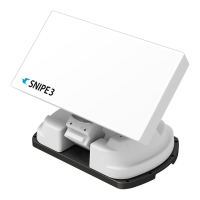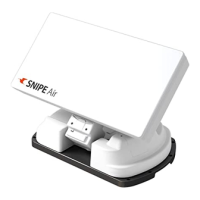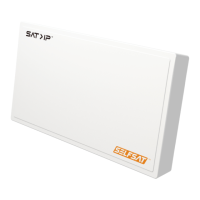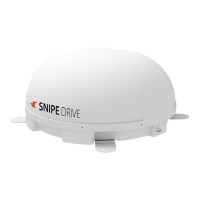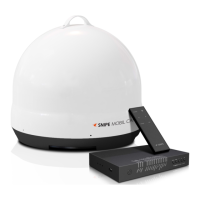13
Azimuth
Angle
Elevation
Angle
Azimuth
Angle
B) Elevation Angle :
S 180
o
N 0
o
Elevation Angle
Then obtain the Elevation angle according to the area location of the chosen satellite on the lists in this
manual. Then move your antenna up or down according to the angle, (you may use the graduated
surface of the bracket in order to make sure that you are on the right position. Once achieved, tighten
your elevation nuts on the Angle Bracket (B1), this is a preliminary adjustment which you may have to
ne tune later by using the pointing menu on the TV.
You may do a ne tuning for the elevation angle by following the peak signal level on your screen later
on once all three points have been followed.
C) Azimuth :
S 180
o
N 0
o
Satellite position
Finally obtain the area’s azimuth angle of the chosen satellite, on the lists in this manual, Point the
antenna in a generally southerly direction, then, by using the compass rotate to the right or the left
towards south on your compass (180°).
All of the European satellites are located to the south, there will be a minor dierence in the azimuth
angle from one satellite to another.
Once you have selected the chosen satellite on your receiver follow the signal strength on the screen
by ne tuning the azimuth and rotating the antenna very slowly “to the right” or “to the left” in order to
receive the highest signal level from the satellite.
You should be able to nd the satellite signal rst and then the signal peak, indicated on your screen.
Once you sweep through the peak-signal point on the screen, mark the position with a pencil and
screw in your angle bracket to x the antenna in this position.
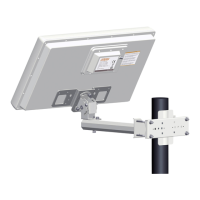
